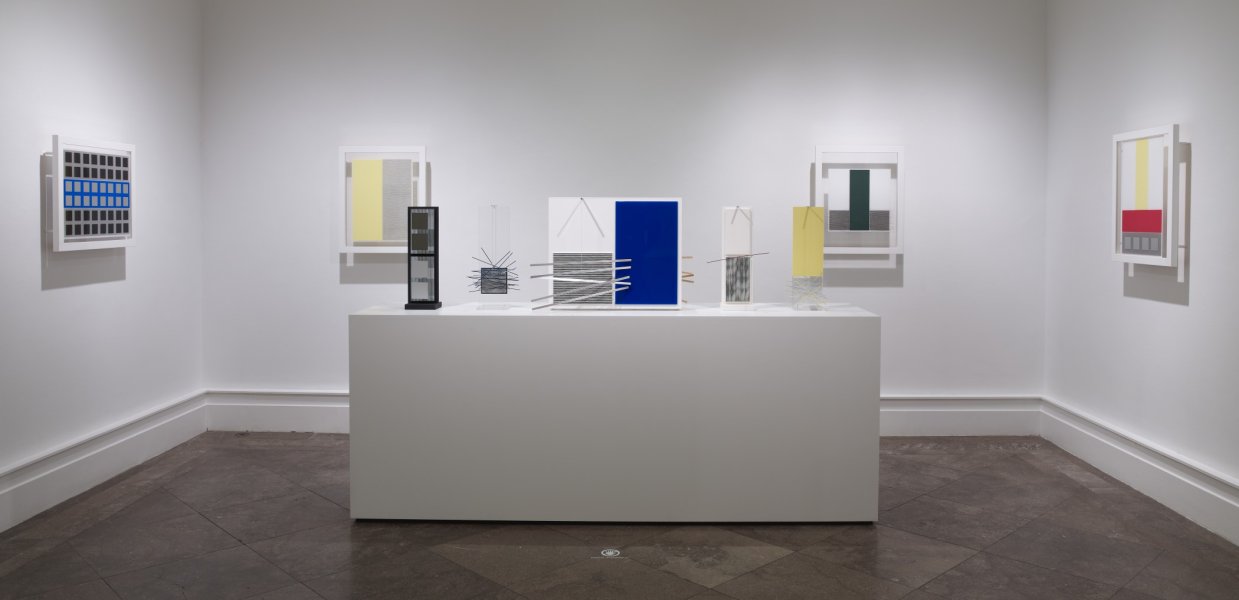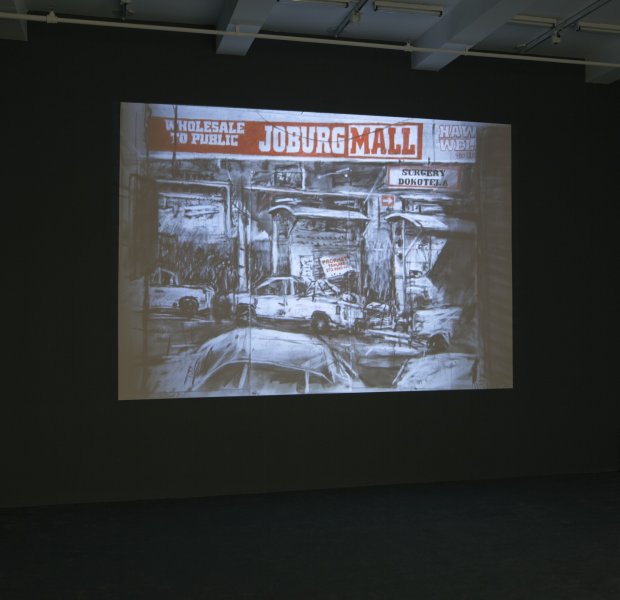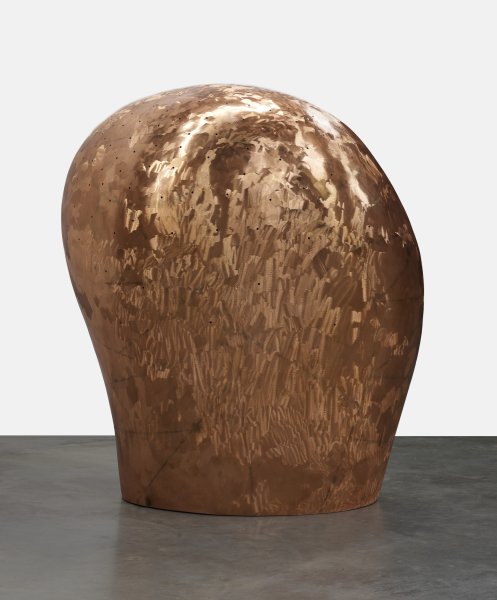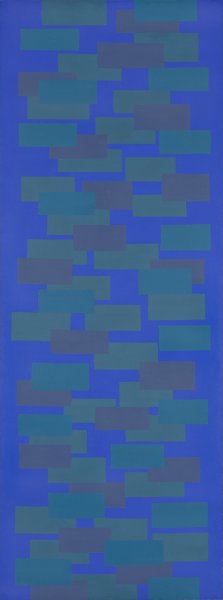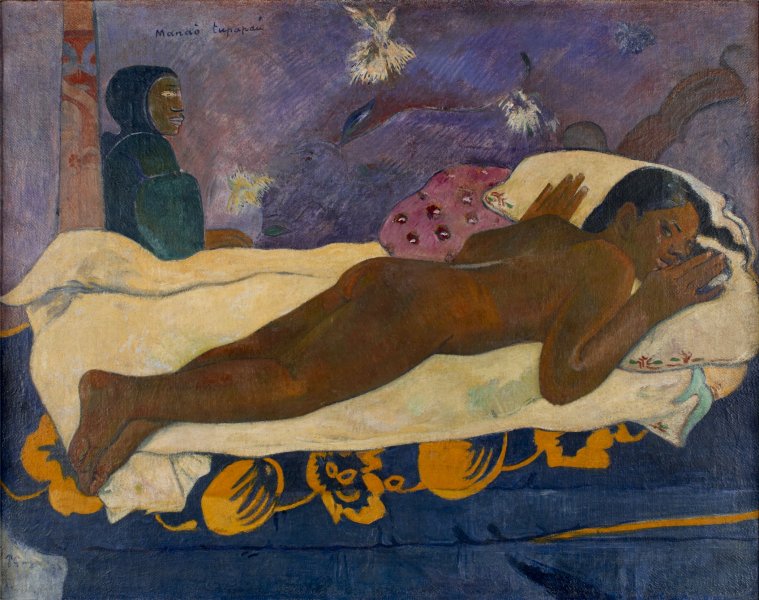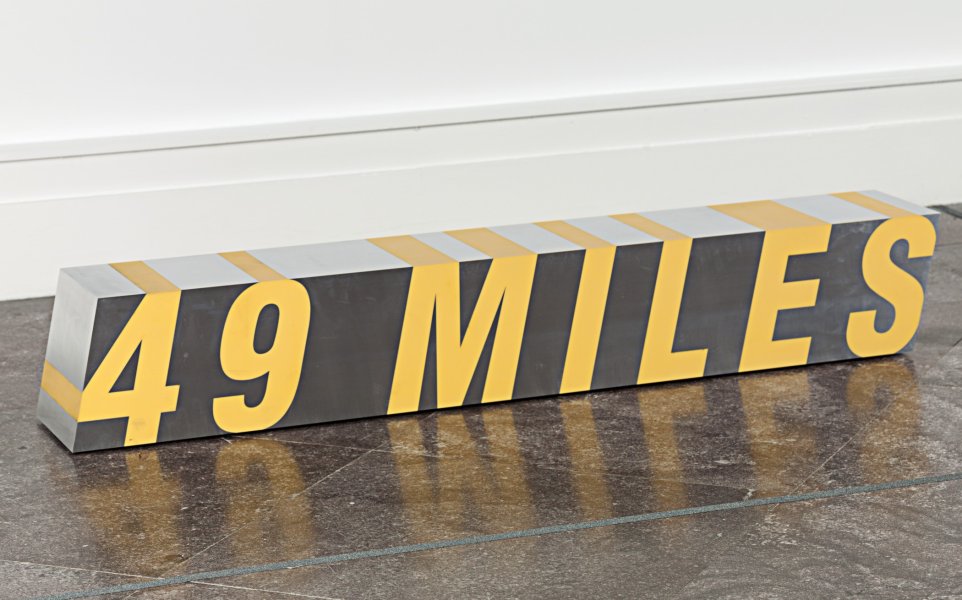Jesús Rafael Soto
Venezuelan, 1923-2005
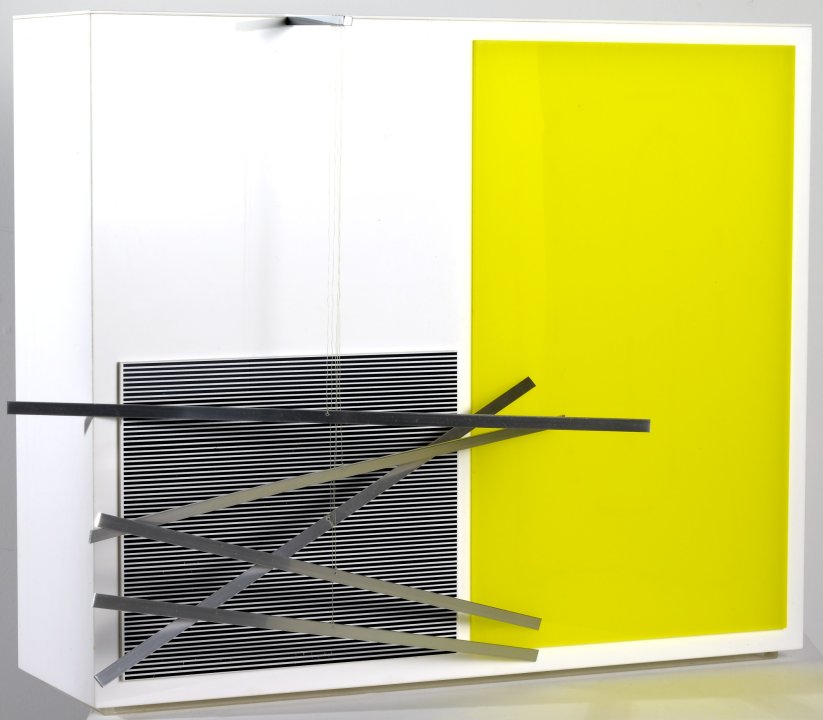
Jai-Alai, 1969
Artwork Details
Materials
set of nine optical and kinetic works: five sculptures and four screen prints on Plexiglas
Edition:
257/300
Measurements
prints (each sheet): 24 1/2 x 19 1/2 inches (62.23 x 49.53 cm)
Collection Buffalo AKG Art Museum
Credit
Gift of Thomas S. Currier, 1979
Accession ID
P1979:42.3.2a-i
Throughout his body of work, Jésus Rafaël Soto utilized industrial and synthetic materials, such as nylon, steel, and Plexiglas, in an exploration of pure abstraction, color theory, and the dynamism between background and foreground. In the group of works presented here, Soto activates optical effects through the manipulation of color relationships and sculptural interventions. Jai-Alai takes its title from a highly popular sport in Latin America, which involves catching and throwing a ball against a wall at high speeds with a hook-shaped basket worn on the player’s arm. In these works, Soto sought to express the continual movement of jai-alai athletes. During the 1950s and 1960s, Soto collaborated with many group ZERO artists, who utilized light and motion to expand viewers’ perception; founding members of the group included Heinz Mack and Otto Piene. Like Naum Gabo, Soto was also influenced by Constructivism, in which artists sought to abolish composition as a traditional artistic concern and, instead, focused on the construction of objects using modern materials.
Label from Giant Steps: Artists and the 1960s, June 30–December 30, 2018
